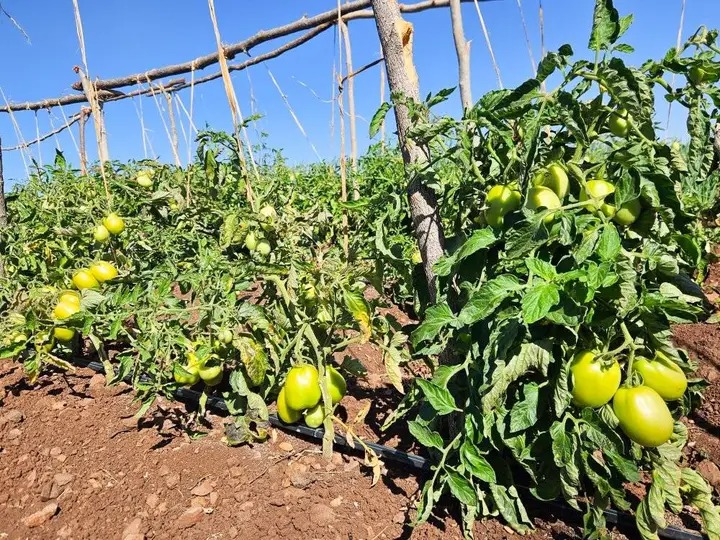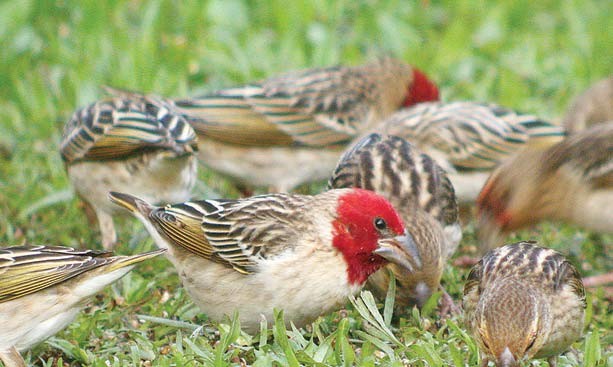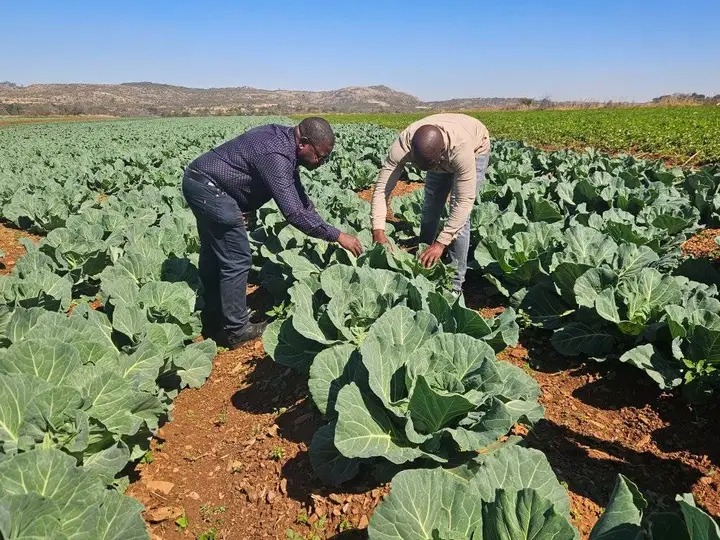How a little fruit is making a big difference: The blueberry story in Zimbabwe
Nature and ManZW Team
Jul 11, 2025

Nature and ManZW Team
Jul 11, 2025

Sharleen Mohammed
IN FIELDS across Zimbabwe, a small blue fruit is quietly changing lives and putting the country on the global map.
Once a little-known crop, blueberries have become one of Zimbabwe’s fastest-growing exports. In just over a decade, the country has risen into the top five global suppliers, with production steadily increasing.
In an exclusive interview with Nature and Manzw, Horticultural Development Council (HDC) Chief Executive Officer Linda Nielsen, said blueberries have become one of Zimbabwe’s most promising high-value export crops, thanks to rising global demand, strong grower expertise, and a supportive climate.
“From initial pilot plantings in 2008 to commercial exports beginning in 2017, production has grown steadily from around 5800 tonnes in 2023 to an estimated 8000 tonnes in 2024. Forecasts for 2025 point to over 12000 tonnes.” Said Nielsen.
The blueberry sector is now creating thousands of jobs from farm workers and packhouse staff to logistics, export professionals and is earning vital foreign currency for the economy.
As the industry grows, the benefits are beginning to reach rural communities too.
“Through the government and partners, with the right training, access to markets, and finance, smallholder farmers have growing potential to participate in this export boom,” Nielsen explained.
“This is how we create shared growth in rural communities,” she added.
The HDC plays a coordinating role in supporting this growth.
“We work closely with government and partners to provide training on modern blueberry varieties, best practices, certification like Global G.A.P., and sustainable production.
“Through ZimTrade, we also help farmers access and navigate export markets,” she said.
The Council also engages with government on foreign currency retention thresholds, financing models, and high utility costs key areas that affect growers across the country.
Looking ahead, Zimbabwe aims to increase blueberry production to 30,000 tonnes per year positioning itself as a global leader in premium-quality fruit, while bringing lasting change to farming communities across the country.

In the arid lands of Kasikili Jabula, Ward 55 in Hwange District, hope is growin...

n Insiza District, the daily struggle for water once dimmed dreams of education,...

Zimbabwe is taking early, coordinated action to protect its wheat crop from dest...

Once parched and uncertain, Goromonzi’s farmland is now blooming thanks to irrig...